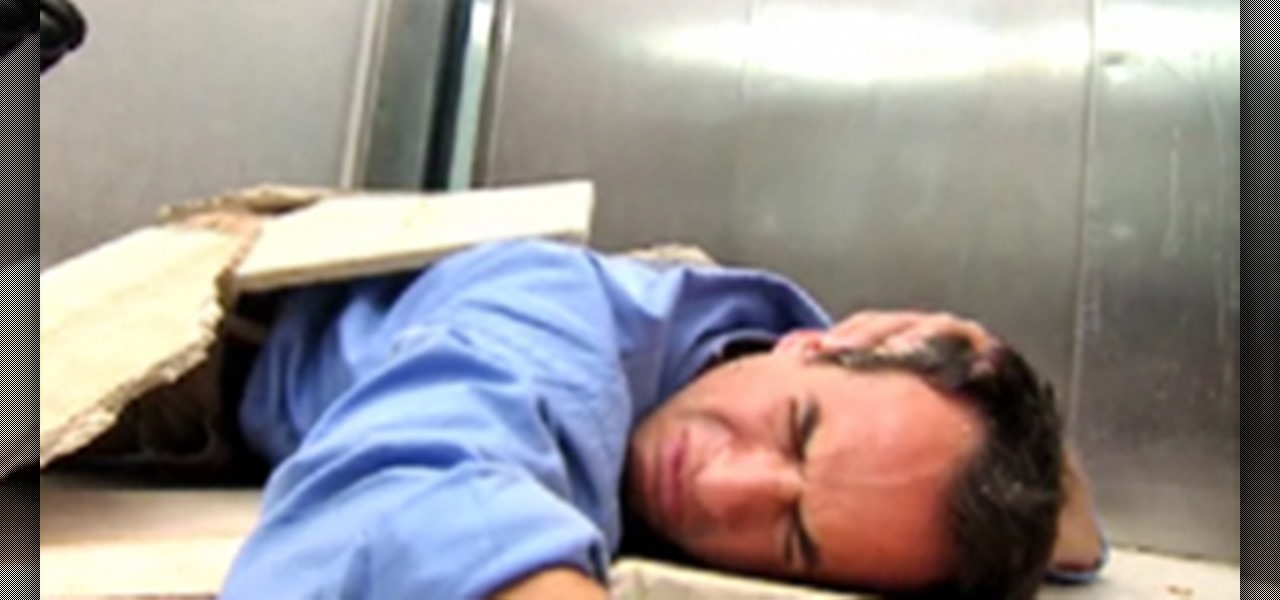Hot Home Emergency How-Tos

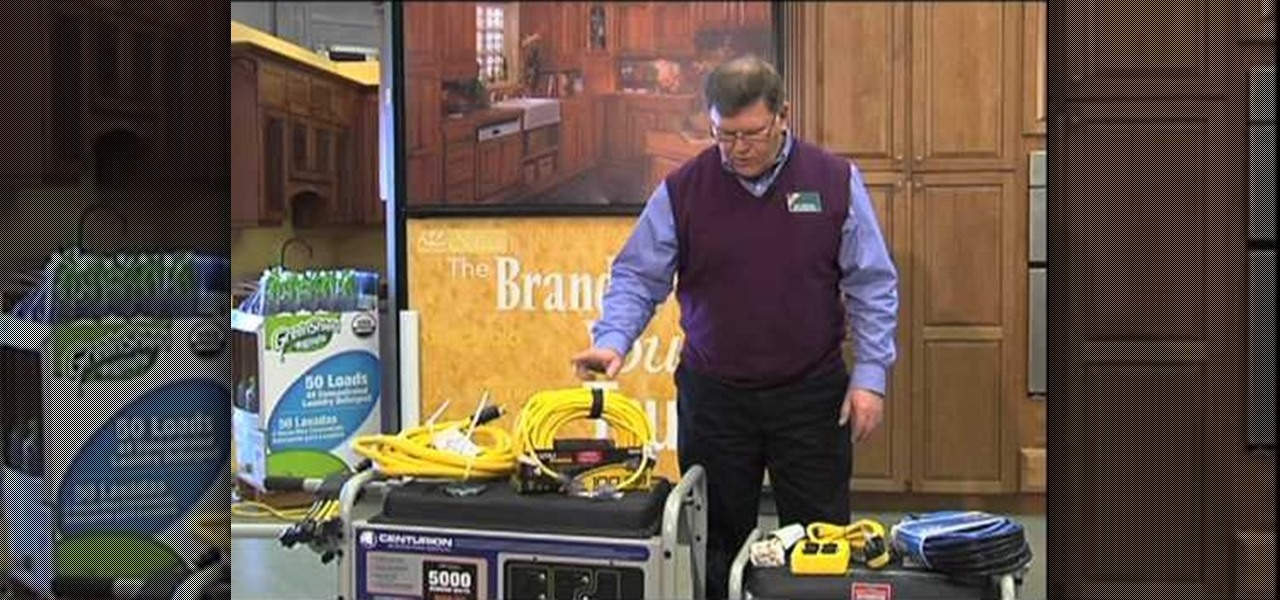
How To: Use a portable generator to keep your home powered in an emergency
Having an emergency power generator is a great way to be prepared for an emergency. With it, you can keep power flowing to the appliances you need the most. Take a look at this guide on how to properly and safely configure a power generator.
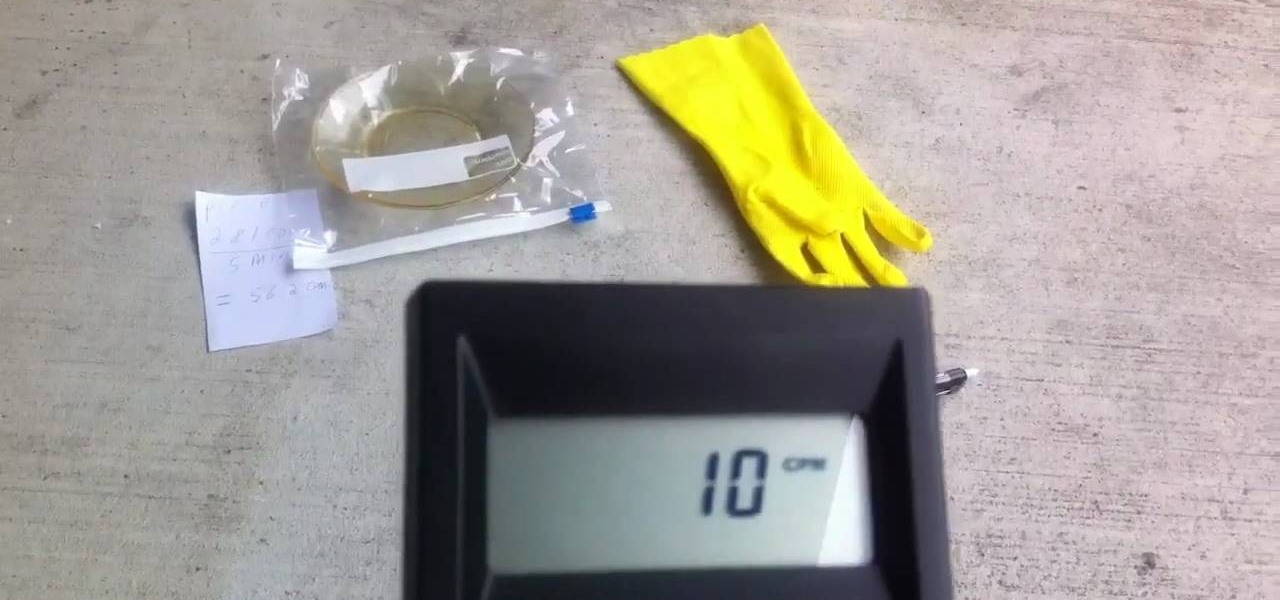
How To: Use a Geiger counter to measure radioactivity
If you are concerned about radiation levels where you live, you are probably interested in using a Geiger counter to measure them. These videos will explain how to use a Geiger counter to measure radioactivity. Learn the difference between alpha, beta and gamma particles.
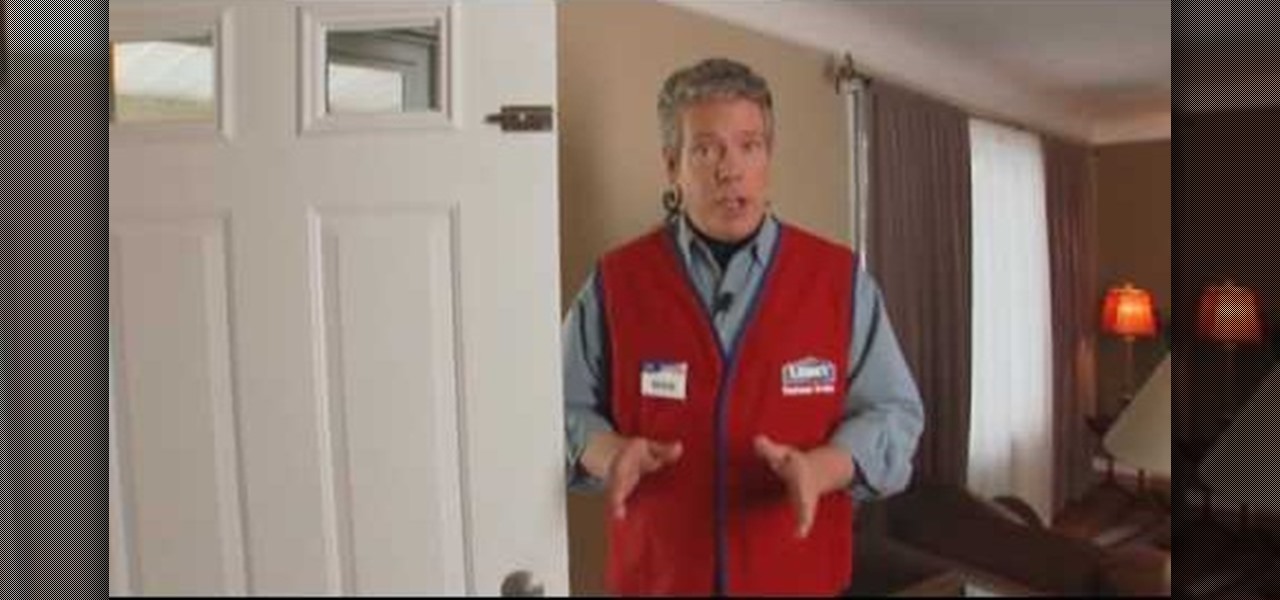
How To: Make your home safe and secure with tips from Lowe's
In this tutorial, we learn how to make your home safe and secure with tips from Lowe's. You should do a safety check on your house at least once a year. Start with the entryway, making sure you have an insulated wood door in the doorway. Make sure there is a lock and a deadbolt lock on the door as well. Once inside, make sure you have timers to control your lighting, so it can come on even when you're not at home to detract any robbers. In the garage, make sure you have an electronic door ope...

How To: Save someone trapped in a burning car
Finding someone in a burning car is a scary emergency. Learn how to safely extract a person from a car fire after an accident. You'll need to be able to pull them through the windows, and if an ABC extinguisher is nearby, you can use that to help fight the flames.

How To: Put together a fire extinguisher using household items
Want to build a fire extinguisher using things you can find around the house? Science shows you how to properly apply technology to kitchen safety! Your main supplies for this project are a mayonnaise jar, some vinegar and baking soda.

How To: Secure your home from the inside
Do you live in a dangerous neighborhood? Even if your area isn't known to be dangerous, it could still be a target of home burglaries. Don't let the thieves have the upper hand. Make sure the only thing they're stealing is grass. To properly secure your home from external threats, you must find weaknesses potential and potential entry points and fix them.
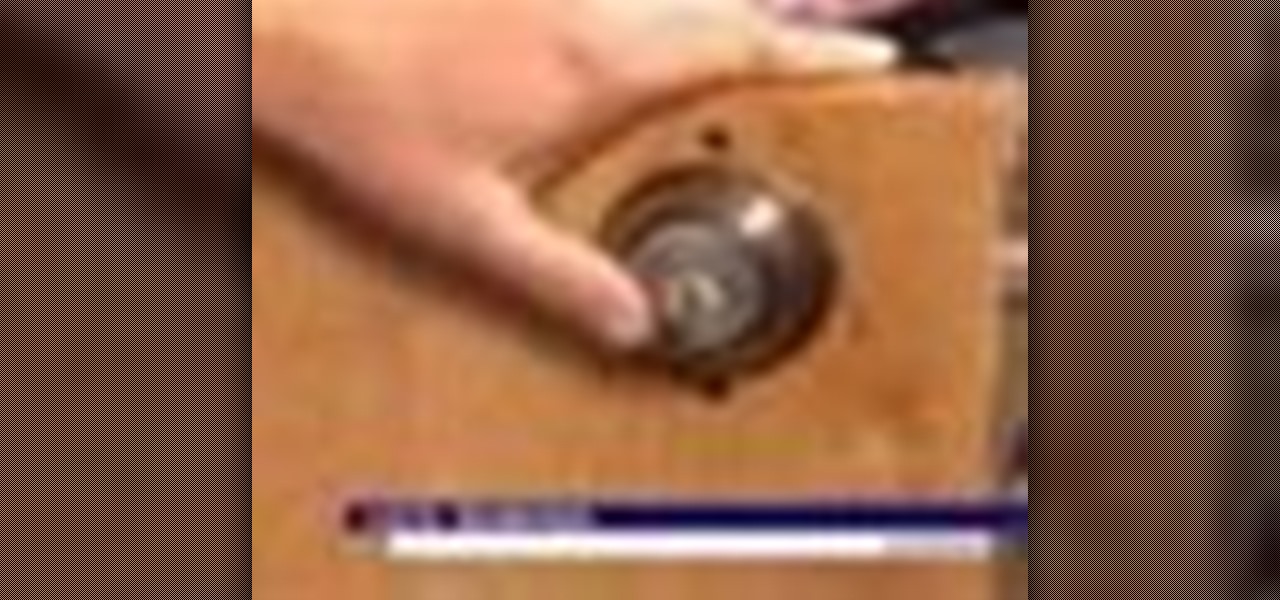
How To: Open any locked door using a lock bumping technique
Please, before attempting to recreate this video, make sure you are doing it to a lock that belongs to you and not someone else. Remember, nobody wants to get arrested for doing something stupid. Anyway, in this video tutorial, you'll find out how to open any locked door usinga lock bumping technique. Now this may not work for all so good luck and enjoy! Open any locked door using a lock bumping technique.
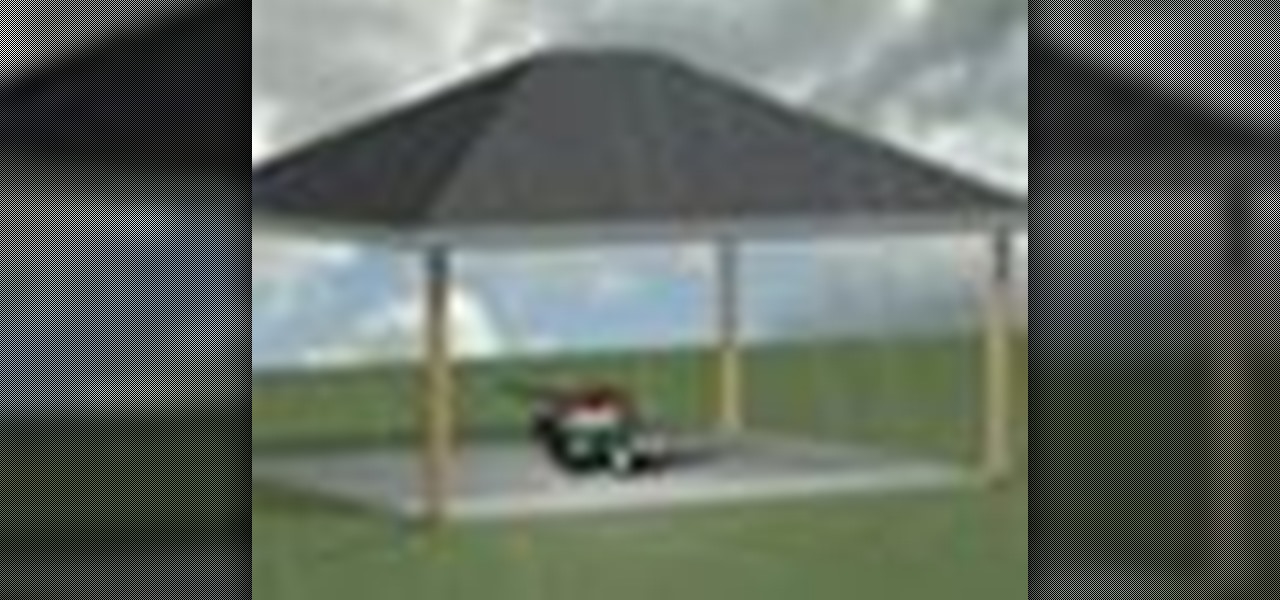
How To: Set up and safely operate a generator with ease
You never know when disaster will happen. You could be going about your business one minute and the next - the power blows out. There are many reasons why a black out can be devastating and if you have small children or run a business that needs to stay lit, check out this video. In it, you will learn how to safely setup and operate a generator to keep your power going through thick and thin.
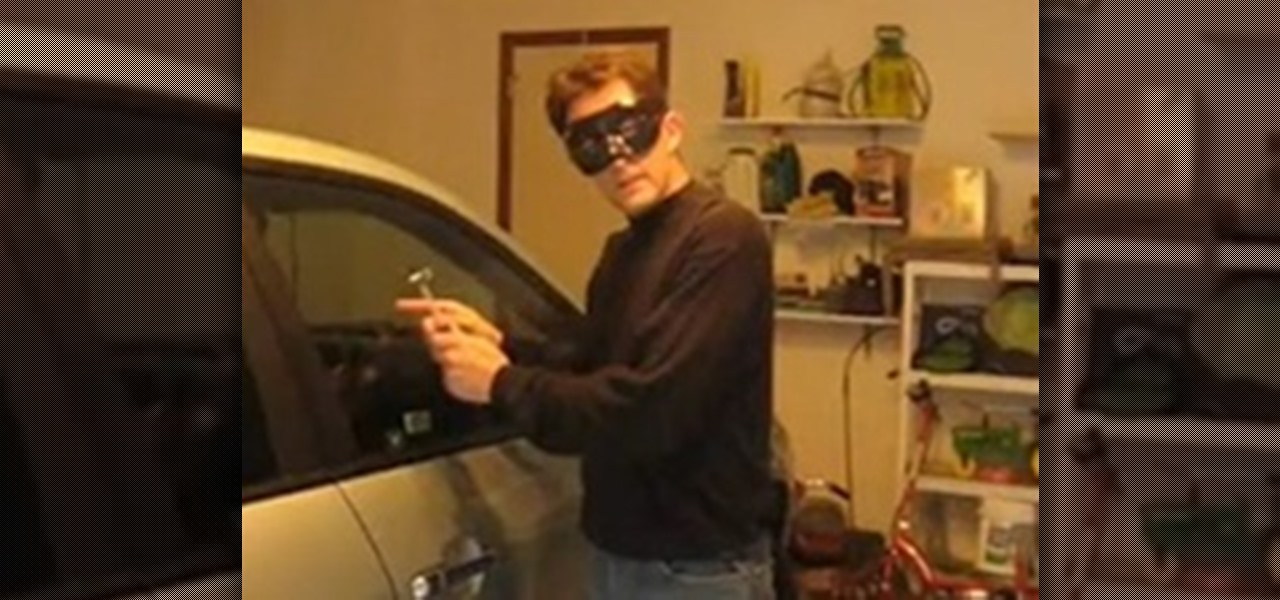
How To: Protect Your Home from Criminals
I am the crime watch co-chairman for our neighborhood crime watch committee of our home owner's association. Instead of making a boring "do this, do that" video, I decided to make a funny video from the eyes of a criminal that specializes in stealing from homes, just like mine. This is meant to teach homeowners what to look out for when keeping their homes safe from criminals.

How To: Stay safe during a power or gas outage
There are many different things that could contribute to a power or gas outage or accident in your home. To be properly prepared for an emergency or other situations that endanger you, take a look at this video from SDGE on simple tips to keep safe, including discovering gas leaks and using power generators to maintain eletricity in your home during an outage.

How To: Stay Warm During a Winter Storm Without Any Electricity
It's that time a year when winter storms begin causing havoc across the United States, and when "rotating outages" are common to help sustain the electrical grid during intense cold periods. That means pretty much anybody with snow and ice in their backyard can succumb to power outages. And no electricity means no electric heat.

How To: Quickly break into your car
Now before you watch this video, please only follow this tutorial if you really need it and are the owner, or know the owner, of the vehicle. This tutorial will show you how to quickly break into your car. There may be instances where you have locked your keys inside or maybe have even left your baby stuck inside. Whatever the reason may be, this video will show you how to get inside of your vehicle in a snap. Note, this may not work for every single car out there.
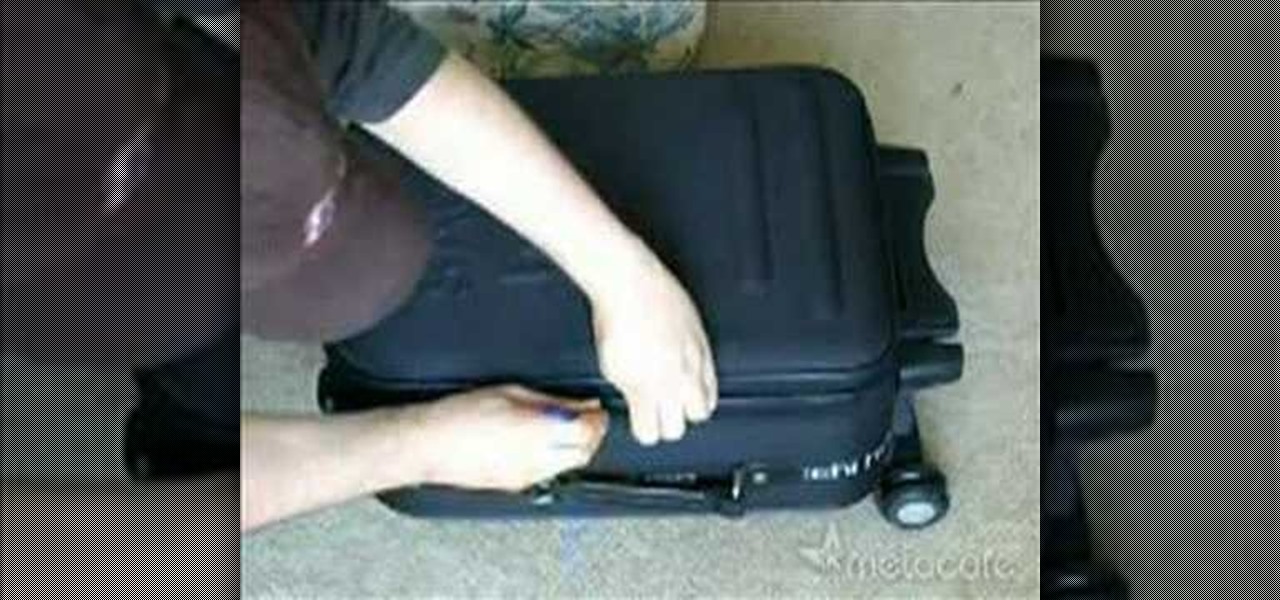
How To: Open a locked zippered luggage bag
In this how to video, you will learn how to open a locked zippered luggage bag. This is very useful if you plan a trip and forget the key to the lock of your luggage bag. All you need is a normal pen. Remove the lid of the pen. Apply pressure in between the zipper. Once you get through, slide the pen all the way around to open the luggage. This will open the luggage and you will have access to the entire inside. Once you are done, you can close it back with the pen or the zipper. It will be u...

How To: Open almost any door with this easy lockpicking trick
In this video tutorial, viewers learn how to open almost any door with an easy lock picking trick. Begin by prying open the door top. To do this, users will need to use a knife, the end of a hammer, crowbar or any other kind of tool that can pry. Slide the tool through the door stop. Once you pry open the door stop, take a thin, sharp object, such as a knife or credit card and slide it through the latch. Now push the door to open it. This video will benefit those viewers who have accidentally...

How To: Safely put out a cooking fire
Every fire needs three things to burn: heat, oxygen, and fuel. As long as those three things are met, the fire will persist. If you are cooking with grease and a fire starts, you must react fast. Grab an oven mitt, find the lid that fits the pan, and smother the fire. Slide the cover over the pan to cut off the oxygen, and turn off the burner.

How To: Put out a fire with a standard foam extinguisher
WhatHappensNow talks with Edina Minnesota Fire Marshall Tom Jenson who explains how to properly use a fire extinguisher. During the video Tom briefly offers a helpful tip, suggesting to remember the P.A.S.S. acronym when it comes to using a fire extinguisher. P stands for pull, your first step having to pull the pin that holds the extinguishers lever in place. The letter A stands for aim, the second step having you aim the nozzle of the extinguisher at the fire. The third letter S stands for ...
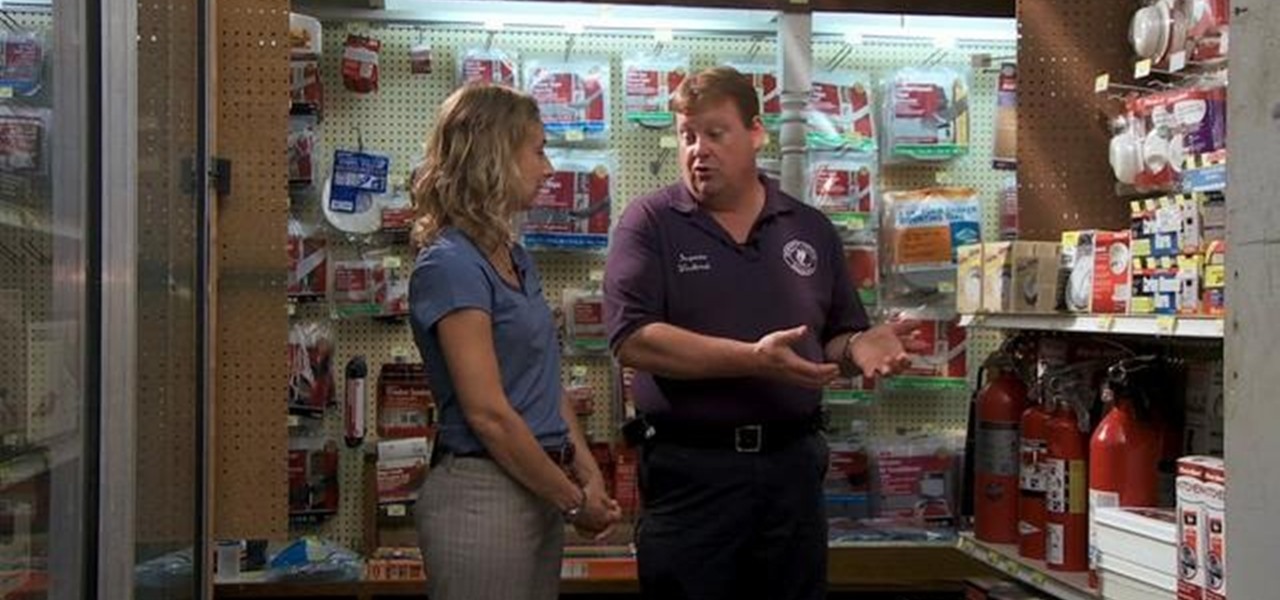
How To: Choose and place a fire extinguisher
Bob and Leslie of the Washington Township Fire Department demonstrate how to choose the right fire extinguisher for your home. Fire extinguishers come in a large range of sizes so be sure to choose one that you can easily handle. If it’s too heavy you won’t be able to use it properly. Fire extinguishers are labeled according to the type of fire they are used on. A is for ordinary combustibles such as wood or paper; B is for flammable liquids such as gas, grease or oil; and C is for electrical...

How To: Use a carbon dioxide fire extinguisher
In this video tutorial, viewers learn how to use a fire extinguisher. The fire extinguisher contains carbon dioxide. Begin by pulling the pin on the top of the fire extinguisher. The will unlock the lever. Now lift up the nozzle and aim the fire extinguisher at the fire. Then squeeze the lever to release the extinguisher agent. As you are spraying the extinguisher, use a sweeping motion to move it back and forth until the fire is completely out. This video will benefit those viewers who do no...

How To: Extinguish a small fire with the PASS method
Joel Wulf with the Bremerton Fire Department discusses the right way to use a fire extinguisher. Fire extinguishers are safe and effective for use on small fires, but the entire contents are discharged in 10 to 15 seconds so you should never put yourself in danger by trying to use one to put out a large fire.
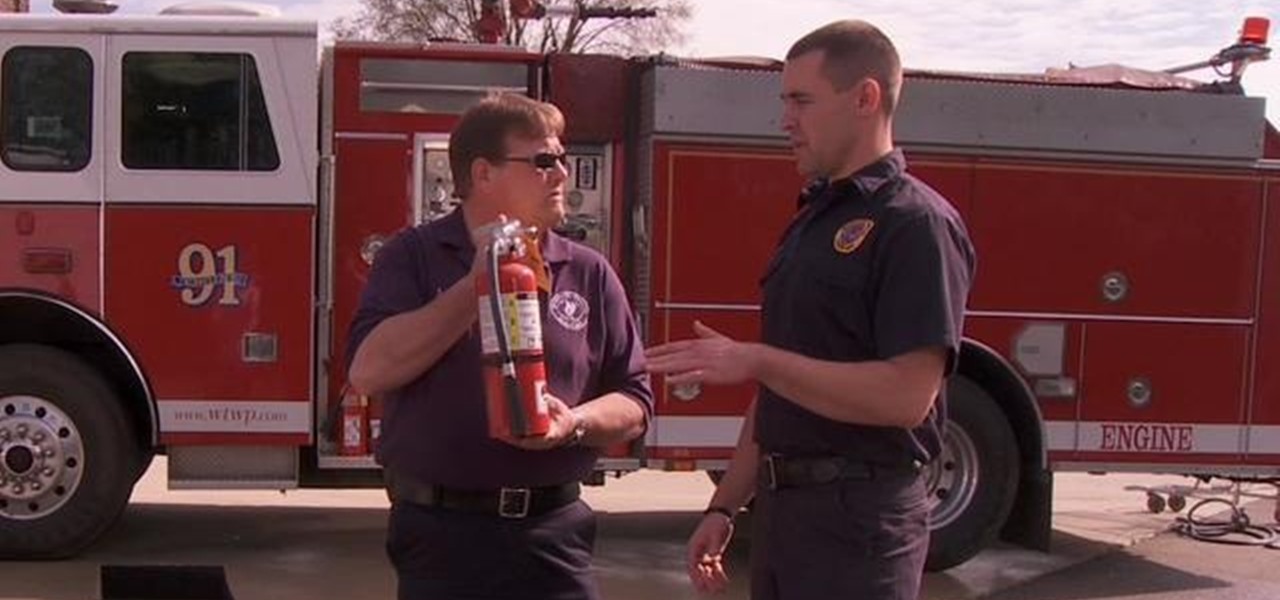
How To: Use an ABC fire extinguisher
Bob and Jeremy of the Washington Township Fire Department demonstrate P.A.S.S., which is an acronym to help people remember how to operate a fire extinguisher - Pull/Aim/Squeeze/Sweep. Pull the pin, Aim the nozzle at the base of the fire, Squeeze the handle down, Sweep from side to side at the base of the fire.

How To: Operate a hand-held fire extinguisher
In this video tutorial, viewers learn how to use a fire extinguisher. When operating a fire extinguisher, the instructions can be easily remembered by the letters PASS. P stands for pulling the pin at the top and break the elastic or wire band. A stands for aiming the nozzle or hose towards the fire. S stands for squeeze the handle to release the extinguisher agent. The final S stands for sweeping the nozzle back and forth until the fire is out. This video will benefit those viewers who do no...
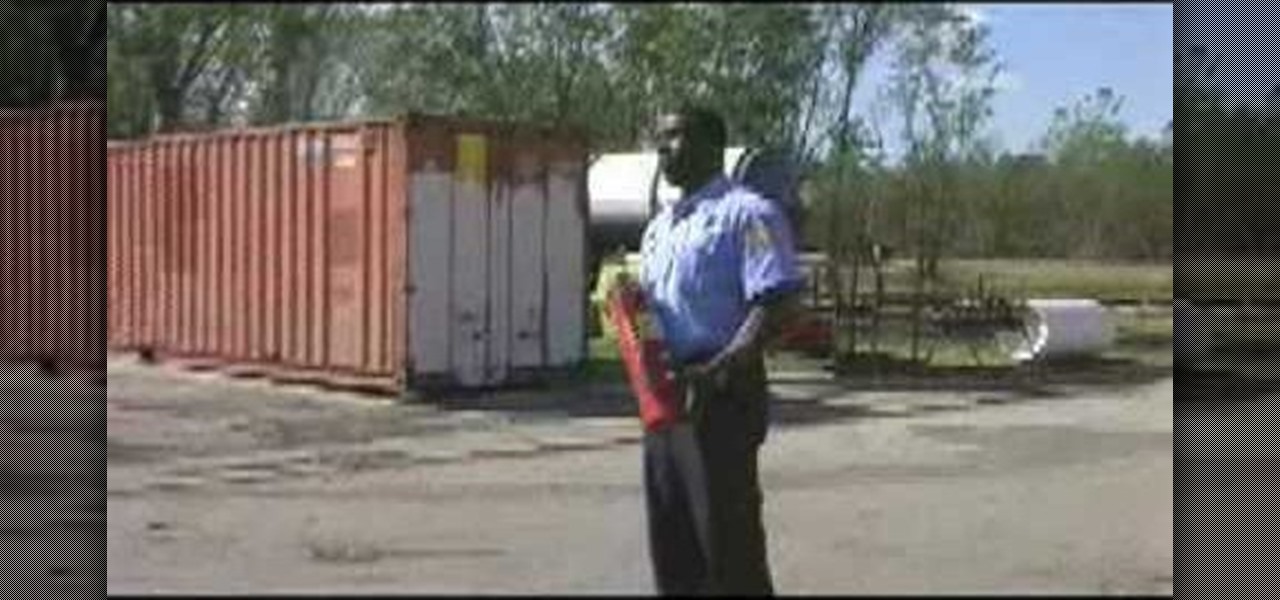
How To: Use an ABC foam fire extinguisher
Firefighters Al Bennett and Jesse O’Quinn of the Houston Fire Department give instructions on using a fire extinguisher. Most fire extinguishers have a rating of ABC, which are suitable for most fires that occur in the home. There are also D and K fire extinguishers, but these are not commonly used in the home.

How To: Prevent home invasions
Keep you and your family safe by equipping your home to prevent home invasion. Discourage home invasions by being cautious and making a break-in more difficult. Have a plan in the case your home is invaded.

How To: Choose and use a fire extinguisher with Lowe's
This is a very good video. It shows you how to choose and use a fire extinguisher. You should know how to use one in case of a emergency.
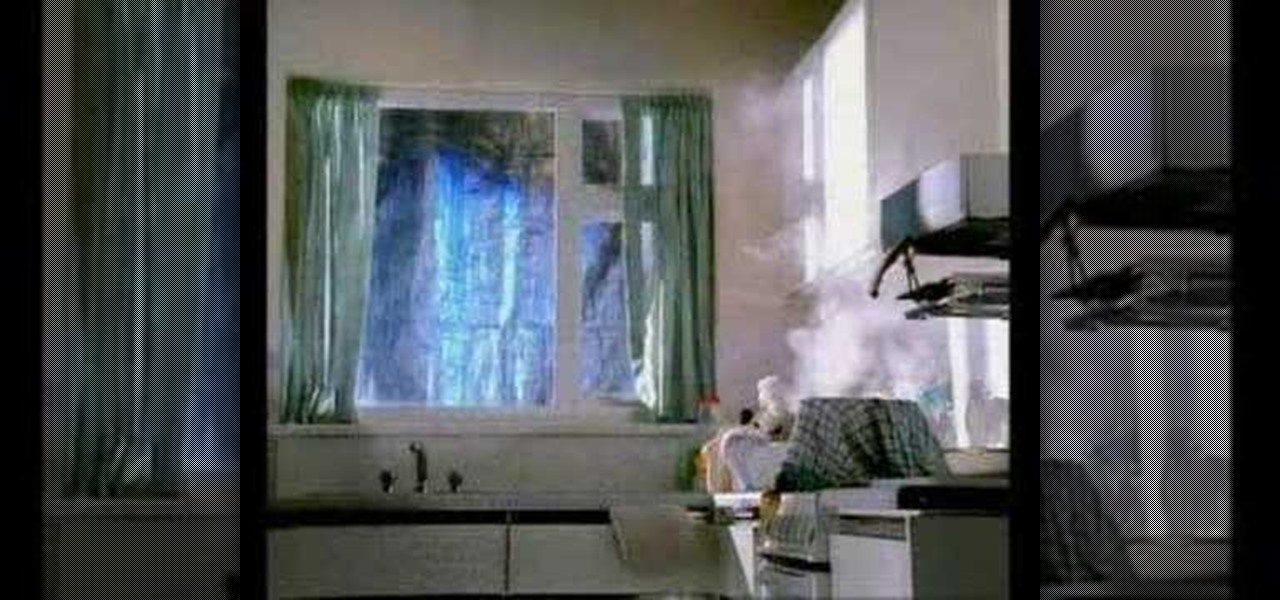
How To: Put out a grease fire safely
You're frying up some food on the stove, you turn your back for a moment, and when you turn around you see a big fire has started. Quick, what do you do? If you said throw water on it, you're in trouble. Water will only make a grease fire bigger. This informative and affecting UK PSA shows us what to do if a grease fire breaks out.

How To: Make an emergency oil lamp
Impress your friends when camping by bringing your own makeshift oil lamp! Perfect for blackouts, camping, or even creating ambiance, keeping an oil lamp around is a handy idea.
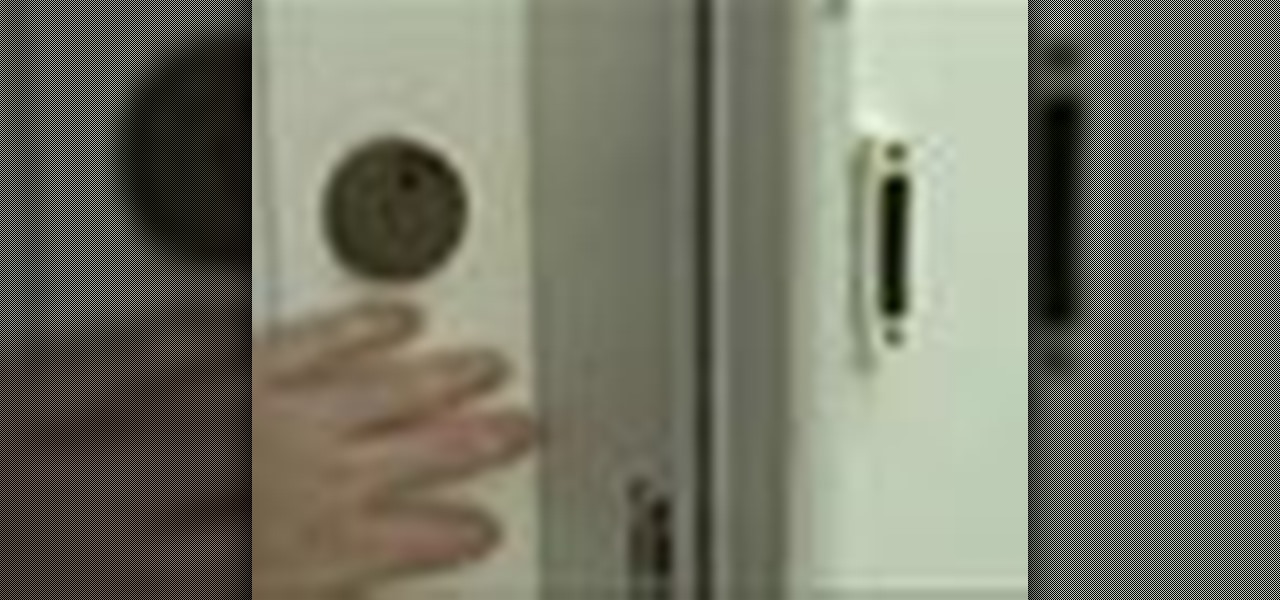
How To: Protect your valuables from burglars
Keep your possessions safe from thieves with these tips. You Will Need

How To: Use a portable dry-pack food canner for food storage
Learn how to use a portable dry-pack food canner for food storage. Learn how to use the portable canner to dry-pack long term food storage in #10 cans. This video will demonstrate how to set up the canner and seal the can, and also gives you some information on the amount of long-term food supply recommended for one person.
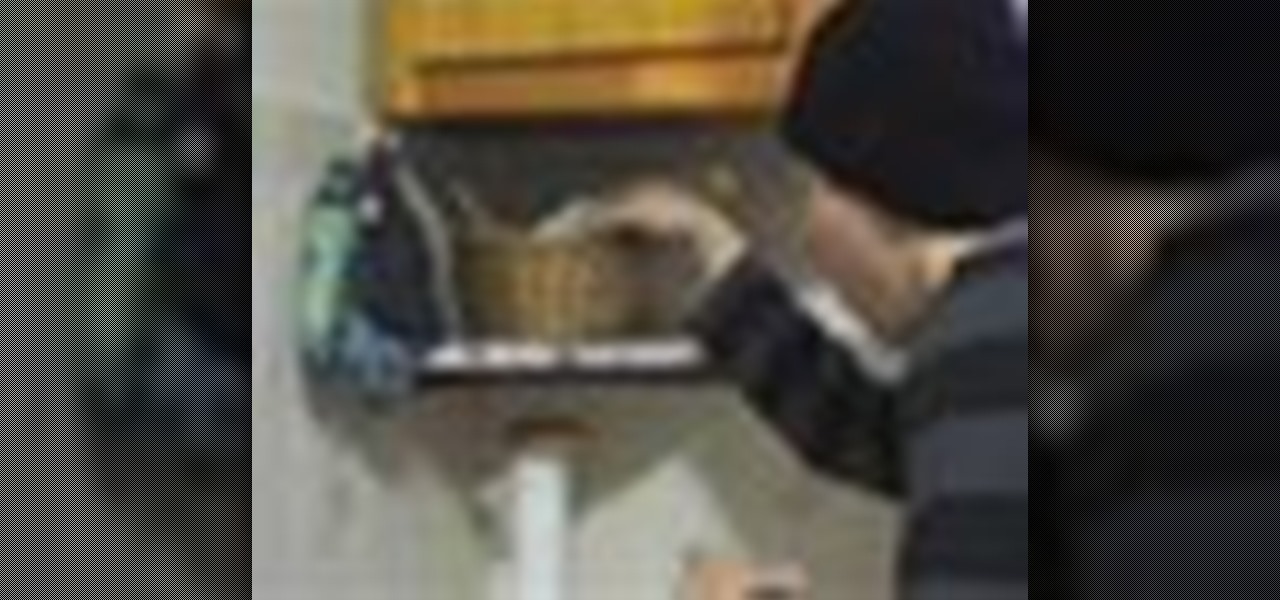
How To: Hide things from burglars
Put yourself in the shoes of a burglar so you can anticipate where they'd look for your valuables. You Will Need

How To: Deter burglars
Burglary is common, but is also quite preventable with these tactics. You Will Need

How To: Install a carbon monoxide detector in your home
Three hundred people die every year from carbon monoxide poisoning. Don't risk being a part of that statistic.
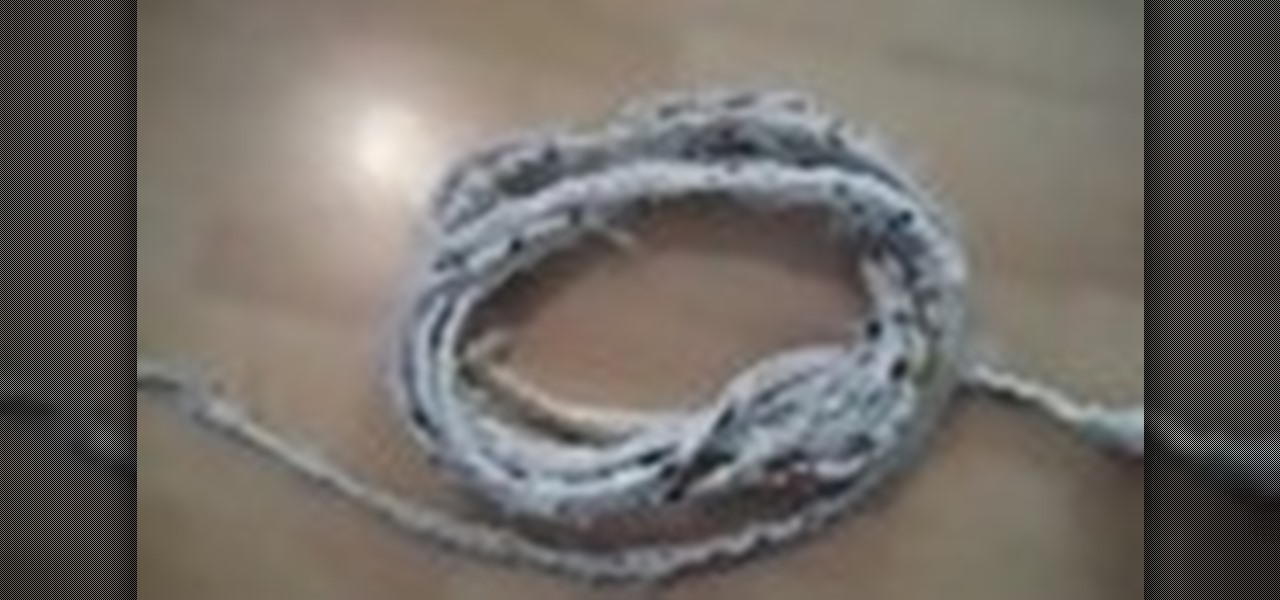
How To: Make rope from plastic bags in an emergency
Need rope, but don't have any. This is a great emergency trick for making rope with plastic bags. This video demonstrates a simple method for converting your used plastic bags into rope. It requires only bags and a working set of hands.

How To: Start a first aid kit
A well stocked first aid kit is a good tool to have at home at any time, and it will help you be better prepared in the event of an emergency. It's also a good idea to have a kit with you while hiking, biking, camping or boating. While kits can be bought preassembled, you can also build your own. For more information on keeping and creating your own first aid kit, take a look. Start a first aid kit.

How To: Use a SCBA (self-contained breathing apparatus)
A self-contained breathing apparatus allows firefighters to breathe in hostile environments. Identify the different features of a SCBA from a fire captain in this free firefighting video series about SCBA harnesses, gages, regulators, masks and more.

How To: Tie basic firefighting knots
Firefighters use ropes to secure unstable objects, rescue victims and carry tools. Learn how to tie bowline, Bachmann, figure eight and other basic knots in this free firefighting video series from a fire captain.

How To: Use firefighting tools that firefighters use
See the firefighting tools that firefighters use and find out how firefighters use their gear in this free video featuring a professional firefighter.

How To: Stop a flashover as a firefighter
If you're a firefighter, you probably know what a flashover is. If not, it's what it sounds like -- a fast spreading of fire, very rapidly, across a gap because of extreme heat.
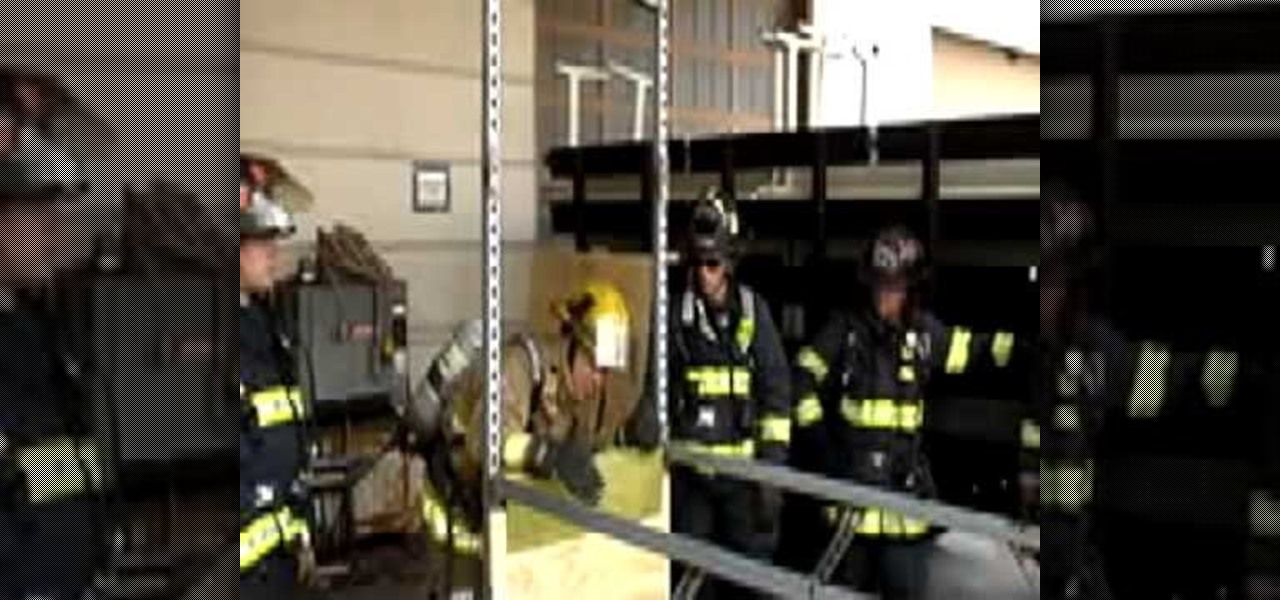
How To: Rescue a downed firefighter out of a window
If you are a firefighter in Alameda, California, chances are you already saw this video tutorial. If not, you're in luck. This will show you how to rescue a downed firefighter out of a window. This is a step-by-step training video for removal of a downed fireman out of a window of a building or house. It's just like Backdraft, folks.
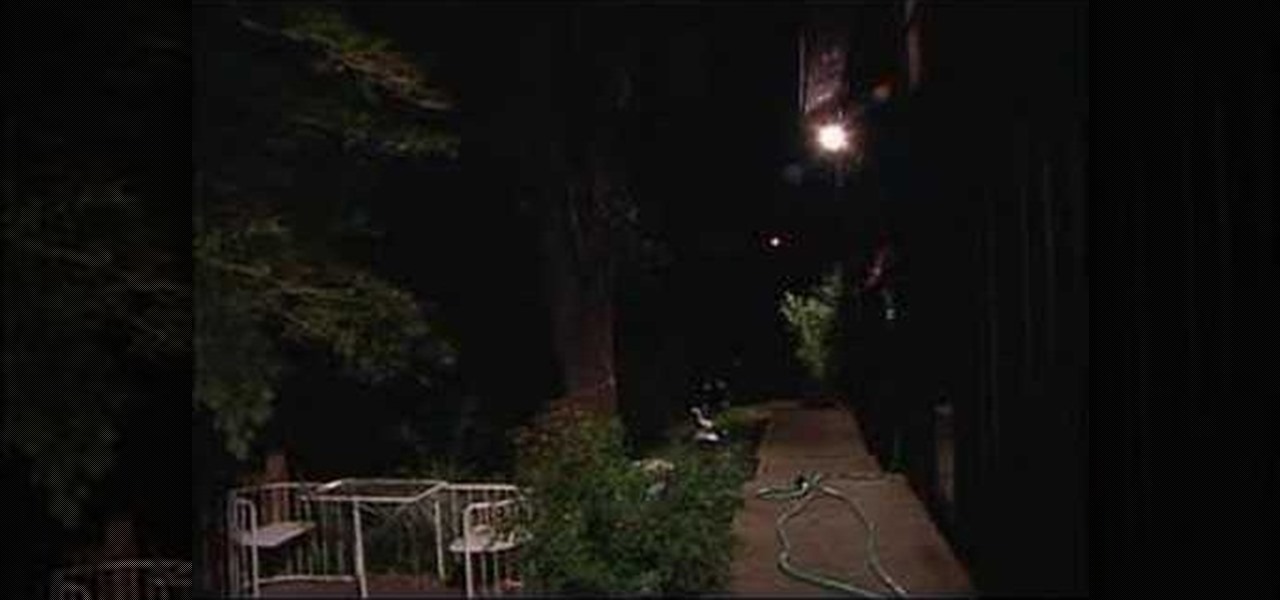
How To: Deter burglars away from your house
Installing a home security system can be expensive, but it doesn't have to be. This how to video shows you some easy practices that keep your home well protected. All you need is a few inexpensive items such as flood lights, signs, and light timers.
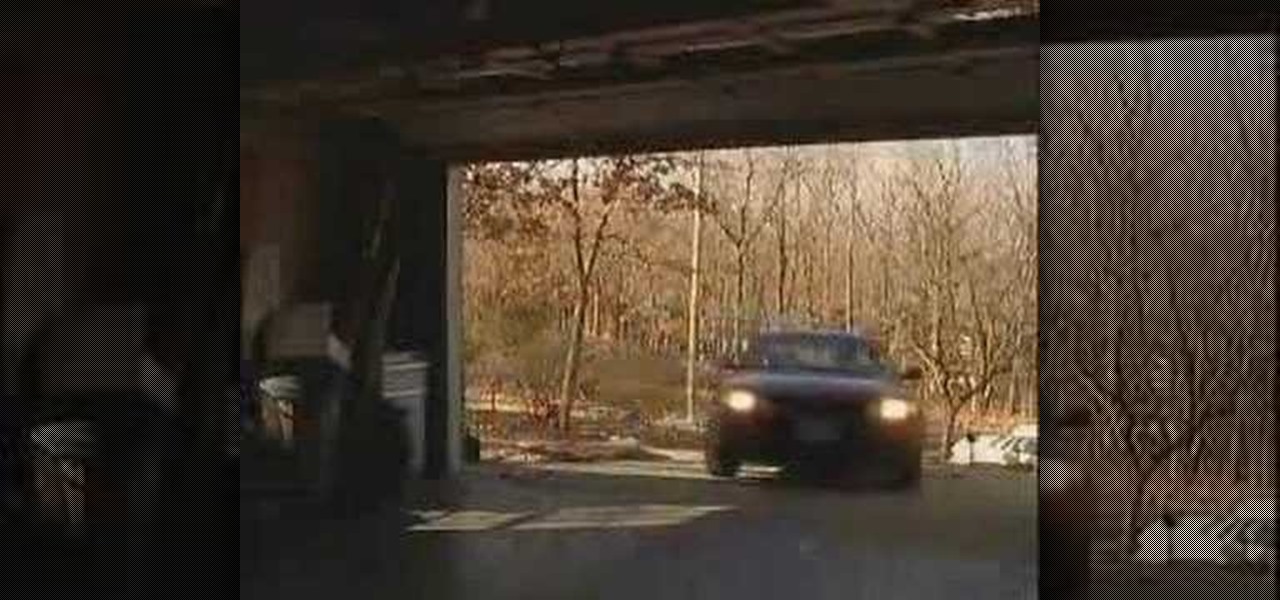
How To: Keep your home safe by thinking like a burglar
Your home security systems may not work for you if you don't turn it on. To top it off some of your bad habits can invite thieves in to your home. This how to video reviews some common sense steps to protect your home from burglars.



